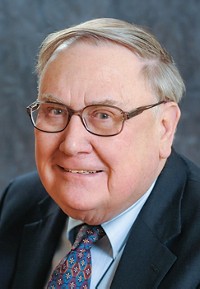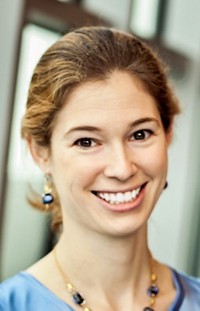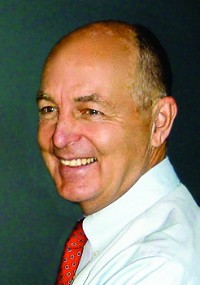Advertisement
Grab your lab coat. Let's get started
Welcome!
Welcome!
Create an account below to get 6 C&EN articles per month, receive newsletters and more - all free.
It seems this is your first time logging in online. Please enter the following information to continue.
As an ACS member you automatically get access to this site. All we need is few more details to create your reading experience.
Not you? Sign in with a different account.
Not you? Sign in with a different account.
ERROR 1
ERROR 1
ERROR 2
ERROR 2
ERROR 2
ERROR 2
ERROR 2
Password and Confirm password must match.
If you have an ACS member number, please enter it here so we can link this account to your membership. (optional)
ERROR 2
ACS values your privacy. By submitting your information, you are gaining access to C&EN and subscribing to our weekly newsletter. We use the information you provide to make your reading experience better, and we will never sell your data to third party members.
Biological Chemistry
Arthur C. Cope Scholar Award: Christopher J. Chang
Recipients are honored for contributions of major significance to chemistry
by Carmen Drahl
February 22, 2010
| A version of this story appeared in
Volume 88, Issue 8
The third time was the charm for Christopher J. Chang. As an undergraduate at California Institute of Technology, he changed his major twice before deciding on chemistry.
“I wasn’t one of those kids who had a chemistry set and ran reactions at age nine in the basement,” Chang says. “I just liked to tinker with things.” It was an inorganic chemistry course taught by John E. Bercaw that ultimately sealed the deal, he says. The connections between structure and color he learned about there were a big inspiration for his now-flourishing career.
Chang, 35, develops cutting-edge chemical tools to track metal ions and oxidation chemistry in living systems. An associate professor of chemistry and Howard Hughes Medical Institute investigator at the University of California, Berkeley, his inorganic and organic chemistry know-how helps his team craft colorful sensors for biology. His interdisciplinary approach has turned heads. “Chris Chang is without peer in his age group. His findings in terms of impact rival those of much more senior investigators,” says his UC Berkeley colleague Michael A. Marletta, the Aldo DeBenedictis Distinguished Professor of Chemistry.
The brain and the exciting chemistry within is Chang’s focus. Brains contain a cornucopia of reactive oxygen species and metals, with imbalances potentially underpinning diseases such as Alzheimer’s. However, “you can’t really know what’s wrong until you know how something actually works,” Chang says. So he’s set about watching the chemistry of these species in real time. To follow hydrogen peroxide, his team masked fluorophores with a boronate-based switch that only H2O2 can activate. The versatile sensors are tunable for many different applications.
For copper, a major player in mammalian redox chemistry, his team designed ligands incorporating copper selectivity and biocompatibility to make the first fluorescent probe that can image copper levels within living cells. An interest in environmental chemistry and metal toxicity has spurred the development of selective probes for lead and mercury. And the team’s experience in building water-compatible molecules fits their interest in green catalysts.
After becoming a chemistry major, Chang worked in Harry B. Gray’s group at Caltech. After graduation, he spent a year as a Fulbright Scholar in Jean-Pierre Sauvage’s lab at Louis Pasteur University, in Strasbourg, France. He returned to the U.S. for graduate school at Massachusetts Institute of Technology, where he earned a Ph.D. with Daniel G. Nocera, and he remained there for a postdoctoral stint in Stephen J. Lippard’s lab. While at MIT, he also met his wife, Michelle C. Chang. Chang started working at UC Berkeley in 2004, and Michelle joined UC Berkeley’s faculty in 2007.
“The significance of Chris’s work has been immediately recognized by a cross-section of fields,” says John T. Groves, Hugh Stott Taylor Chair of Chemistry at Princeton University. Among many honors, Chang garnered a National Science Foundation Career Award; Technology Review TR35 Young Innovator Award; and Arnold & Mabel Beckman, David & Lucile Packard, and Alfred P. Sloan Fellowships. He was named an HHMI investigator in 2008.
Marletta calls Chang “a perfect colleague,” but Chang jokingly admits there’s something he’d like to change—his fast-food addiction.






Join the conversation
Contact the reporter
Submit a Letter to the Editor for publication
Engage with us on Twitter